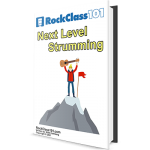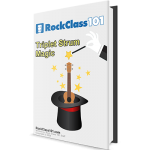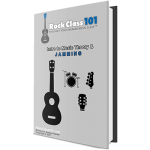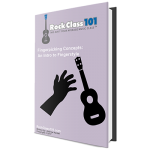In this course, you’ll learn to play classical music in a way that faithfully recreates the original works. Classical pieces are often arranged and taught using a ukulele style of playing. While there’s nothing wrong with this approach, it lacks the authenticity that comes from performing with classical guitar techniques.
This course teaches the fundamentals every classical guitarist uses. You’ll start by learning proper right-hand form before embarking on picking techniques.
Next, we’ll move beyond playing techniques by studying stylistic approaches. Part of what makes classical music so appealing is the way it’s performed. It’s a highly expressive style of music and we’ll show you three ways to amplify emotion in your performances.
At the end of this course, you’ll combine everything you’ve learned to perform a challenging piece by Francisco Tárrega (a.k.a. “the father of classical guitar”).







